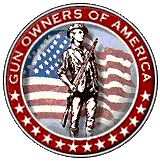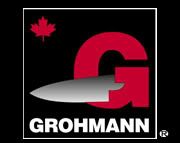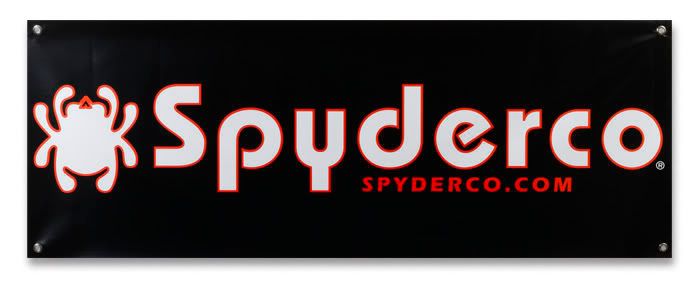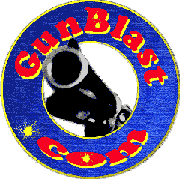The Remington New Model Army revolver was manufactured by E. Remington & Sons of Ilion, New York, from 1863 to 1875. An average of 10,000 per year were manufactured (most during the Civil War, 1863-1865) for an approximate total of 132,000 revolvers. This six-shot, .44 caliber revolver was the second most issued to Union soldiers pistol during the Civil War. The New Model was proceeded by the Old Model Army, of which 12,000 were produced circa 1862. The Old Model had a dovetailed front sight, and the loading lever was cut so the cylinder could be removed without lowering the lever. The Army found both features unacceptable and the New Model Army features a loading lever that must be dropped for cylinder removal and a screw-in post front sight. One of the oddities of these revolvers is that the Old Model Army has a patent date of Dec 17, 1861 and the New Model Army, it's replacement, has a patent date of Sept 14, 1858! It is interesting to note that the reproductions most often use the dovetailed front sight of the Old Model Army but the New Model Army loading lever.
 Once upon a time in a place that now seems so far away called San Angelo, Texas, I bought a revolver. Along for that ride, maybe an instigator now that I think about it, was my dear friend Perry Fuller. Perry had taken me to a gun shop in downtown San Angelo as a break from the tiring classes at Goodfellow Air Force Base. I suppose he didn't intend for me to buy a cap'n'ball revolver but I did. This Lyman marketed, Italian copy of the Remington New Model Army was my first handgun of over .177" caliber. With a can of DuPont 3F, some Remington caps, a can of Crisco lard and a popsicle stick I was all ready to go shooting.
Once upon a time in a place that now seems so far away called San Angelo, Texas, I bought a revolver. Along for that ride, maybe an instigator now that I think about it, was my dear friend Perry Fuller. Perry had taken me to a gun shop in downtown San Angelo as a break from the tiring classes at Goodfellow Air Force Base. I suppose he didn't intend for me to buy a cap'n'ball revolver but I did. This Lyman marketed, Italian copy of the Remington New Model Army was my first handgun of over .177" caliber. With a can of DuPont 3F, some Remington caps, a can of Crisco lard and a popsicle stick I was all ready to go shooting. The two of us went out in the vicinity of Lake Nasworthy and proceeded to shoot up some cactii and an armadillo. Not exactly responsible, but we were certain to watch our backstop! I believe we also got a quail or two out there (which Perry's wife Amy graciously prepared for dinner!) using Perry's 20 ga. Ithaca M66 lever-action shotgun. In any case, that was great fun and when I got home on leave I was eager to show Dad just how it worked. He liked it but had one concern. The grip size.
Now my hands are about average in size but Dad's were pretty large. He was 6' 1" and his hands were a little larger than one might think would be proportional. That early NMA grip disappeared in those paws! Even in my average sized mitts, the grips felt a bit on the small side. The guns were supposed to be accurate reproductions of Civil War era revolvers used by men so why were the grips small?
Well, it seems that when the Italian gun makers first started to reproduce the guns, they were casting the frames and somehow while the copied the dimensions for the frames from originals there was a bit of shrinkage in the castings and the guns came out a bit on the small side in some dimensions. Fast forward to about 2000 and correctly dimensioned guns were beginning to come on the market. Now, Uberti produces a forged, steel frame version, some with color-cased frames. Barrel lengths are not just in the 8" original length but also in 5-1/2", a more desirable length to modern CAS shooters.
Taylor's & Co., Inc. of Winchester, Virginia distributes these guns but I'm sure you can get them from other firms like Dixie Gun Works. The Uberti guns come in typical Uberti boxes. There's the usual manual but also NRA and other literature included. No nipple wrench is included and you will need one.
Loading these guns is actually pretty straight forward. It is a good primer (pun intended) for the budding reloader. First, the gun must be cleaned to ensure there is no grease or oil in the chambers or nipples. Excess oil should be removed and I strongly suggest that no petroleum based oils or greases be used on the gun as exposure to blackpowder (or substitutes) and heat can create a "tar" that can be terribly difficult to remove. This fouling on the cylinder can tie up the gun in short order and is well avoided. Also lay out your components/ensure you have everything you need before you start. There is nothing so irritating as having to go find a component in the middle of the process. Don't ask me how I know. You will need:
- .454" pure lead round balls or the correct conical bullets
- #11 percussion caps
- greased over-powder wads and/or grease/lard for application over the bullet. This is important to both lubricate the bullet and to prevent accidentally igniting the powder charge from the front.
- 2F or 3F BP or substitute
- powder measure or flask with measure
I prefer to fire two caps on each chamber to ensure that all nipple flash holes are clean through and through and dry. The fired caps are removed from the nipples and we move on to actual loading.
I charge and seat the ball/ball&wad one chamber at a time and then move on to the next chamber. It is preferred to load only five chambers and leave one empty. The gun is carried with the hammer resting on the nipple of this empty chamber. To do this the gun is placed on half-cock so that the cylinder can rotate freely. It is held muzzle up in my left hand so that can do the other tasks with my right. A charge is measured and poured and the wad, then ball is seated using the loading lever. Only after I've completed loading each chamber do I go back and apply the grease over the ball with the popsicle stick, tongue depressor or other suitably shaped applicator. Excess grease is wiped off. The gun, still held in my left hand is then capped and the cylinder rotated and the hammer let down on the nipple of the empty chamber. The gun is now ready for carry and/or firing.
Typical powder charges are 25-35 gr. (limited by the size of the chamber) and round-balls weigh about 144 gr. Velocities are typically in the 700-850 fps range and produce energy levels about on par with .38 Special round nose lead ammunition. However, the larger diameter pure lead ball gives better terminal performance. Find the load your revolver likes best and you can likely shoot cloverleafs to some very interesting distances and you'll have a fine small to medium game revolver. Conical bullets often give better penetration on target but less accuracy. Molds are available from Lee, Lyman and others.
After shooting, timely cleaning is strongly recommended. It isn't necessary to completely disassemble the revolver after every shooting session. My Lyman hasn't had that done in 25 years but a peek inside shows no BP buildup. It is necessary to clean the cylinder (removing the nipples for a thorough cleaning), bore and exterior of the revolver. Hot, soapy water is my preferred solvent. Hot water helps heat the metal so that it dries more quickly. After cleaning give it a protective wipe down with Bore Butter or other non-petroleum based oil.























No comments:
Post a Comment